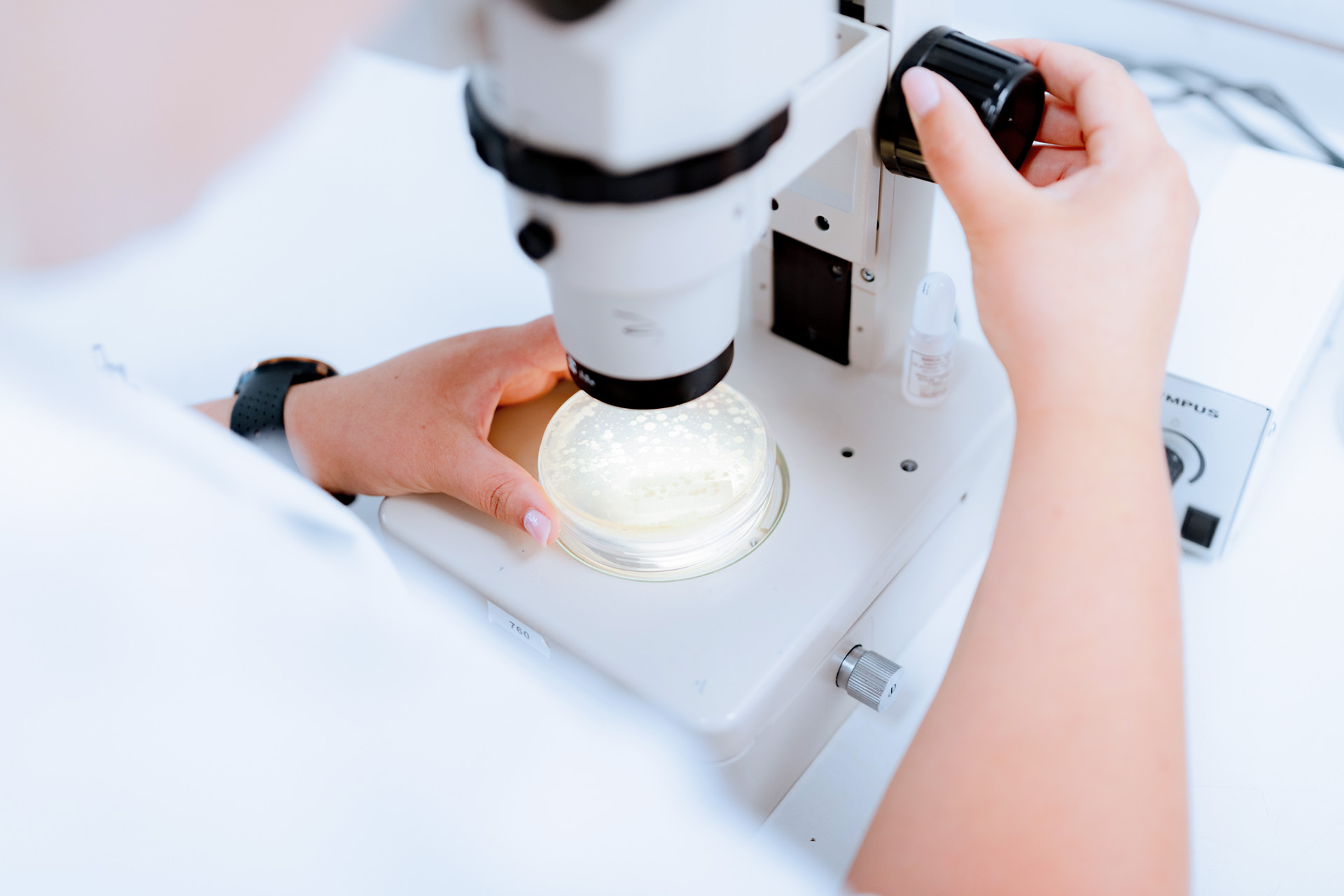Analysis microbiological plan


We regularly receive questions about the microbiological analysis plan. For example about the (legal) standards for microbiological parameters. Establishing microbiological standards depends on several factors and is therefore different for every food company.
Based on a risk analysis, it is determined which micro-organisms are a risk in the end product. The raw materials used and the production process play a major role in this. We use a raw materials analysis to determine which micro-organisms are present in the raw materials.
We then examine whether the production process can eliminate these micro-organisms to an acceptable level. These are often steps in the production process that are aimed at killing micro-organisms.
Finally, we examine where the (open) end product can still be contaminated by means of cross-contamination from the environment.
After determining which micro-organisms are applicable for your end product, the next step is to establish the standards. The standards are intended to verify that the production process went well and that the end product is safe for the consumer.
To determine the correct standards for your product, it is necessary to first consult the legislation. For example, in EU legislation 2073/2005 different standards have been laid down for each product group. Various standards for micro-organisms can also be found in the Commodities Act for the preparation and treatment of foodstuffs. If there are no specific standards for your product in the various legislations, we will consult the literature to arrive at a complete plan.